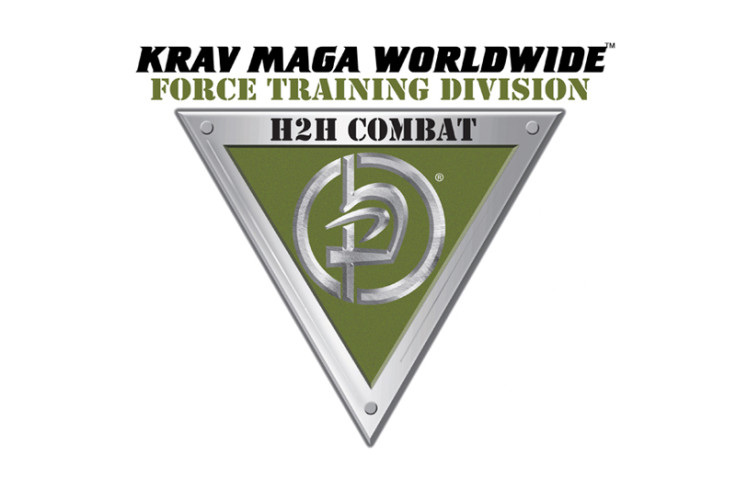Krav Maga for Law Enforcement
The Krav Maga Worldwide™ Force Training Division (KMWFTD) has taken important steps to refine Krav Maga for the needs of American law enforcement.
Keenly aware of use-of-force and liability issues facing law enforcement, KMWFTD is constantly updated in consultation with use-of-force experts (including district attorneys, police liability defense lawyers, police administrators, and defensive tactics instructors) to provide real-world effectiveness and defensible applications of reasonable force.
Our approach is simple “stop the problem and take safe control as quickly as possible.” Officer safety is paramount before, during, and after a confrontation. We deal with compliant, resistive, assaultive/high risk and life-threatening situations.
Our instructional staff consists of currently sworn law enforcement officers. Our U.S. Chief Instructor, Darren Levine, is a Deputy District Attorney for Los Angeles County. He lectures frequently on use-of-force issues.
We provide Instructor Certification Courses, Seminars (end-user training), Private Courses and Customized Courses to meet your needs. We have mobile training teams that travel to provide training and currently support over 2000 Military, Law Enforcement, Corrections and Security Instructors around the world.
The law enforcement training curriculum has been divided into different areas:
- Verbal Commands
- De-escalation Tactics
- Combatives (use of personal weapons)
- Self-Defense
- Weapon Retention (in the holster, out of the holster, standing and on the ground)
- Defenses Against Handgun Threats
- Defenses Against Long-Gun Threats
- Long-Gun Retention
- Defenses Against Edged Weapon Threats and Attacks (to include improvised edged weapon defenses)
- Defenses Against Blunt Weapon Attacks (sticks/pipes/impact weapons)
- Utilizing an Impact Weapon for Defensive Purposes and Striking
- Ground Fighting and Tactics for Law Enforcement Application
- Arrest and Control Tactics
- Searching and Handcuffing
- Hostage Situations
- Special Operations (i.e. Suicide/Homicide Bomber)
The Krav Maga system has received international recognition as a highly practical defensive tactics system ideally suited for law enforcement, corrections, security, and military personnel. We currently train over 1000 law enforcement agencies in the US and hundreds of US Military Units worldwide.
Krav Maga is particularly relevant for modern day law enforcement because most agencies cannot afford the luxury of prolonged training courses for their personnel. Krav Maga is efficient, effective, and both easily learned and retained.
Krav Maga emerged in an environment where extreme violence, mostly of a political nature, was common. It has had ample opportunity to be tested and improved under real-life conditions. No defensive tactics system in the world is more street and battle-tested than Krav Maga.
The Krav Maga system has received international recognition as an innovative and highly practical defensive tactics system ideally suited for law enforcement. According to law enforcement instructors who have undergone Krav Maga training, the most important and striking characteristics are:
Efficient training period
Officers attain a high level of proficiency in a relatively short period of instruction.
Retention of training
Because the system is based upon common principles and natural/instinctive movements, officers retain Krav Maga techniques with minimal review and practice.
Practical techniques
Krav Maga emphasizes effectiveness and simplicity. This modern day system provides realistic defenses against a variety of aggressive attacks, whether the assailant is armed or unarmed.
Performance under stress
Training methods unique to the Krav Maga system provide reality-based training designed to improve the officer’s emotional and physical response to danger. These training methods develop the ability to recognize danger at the earliest stages, react without hesitation, and escalate and de-escalate with the appropriate level(s) of force.
Use-of-force issues
Krav Maga enables officers to deal with the most violent offenders they encounter, while remaining acutely aware of reasonable use-of-force and civil liability issues facing law enforcement.
These are all crucial factors that must be considered in the development of any defensive tactics program.




